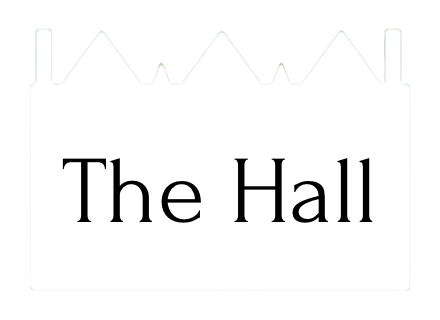History Of Kingston House
Why did The Hall become known as Kingston House, and who owned it between the Hall family and the Moulto’s between the years 1710 and 1848?
The last member of the Hall family, John, died in 1710. John had no legitimate heirs to continue the family line, so the estate passed to his illegitimate daughter, Rachel Baynton of Great Chalfield. Rachel married William Pierrepont, the Duke of Kingston when she was just 15 years old; they had two children, and their son Evelyn inherited The Hall.
The Duke died in 1713 aged only 21 from smallpox, and Rachel went on to become the mistress of Lord Lumley, having two children by him. Lord Lumley cast her away whilst pregnant with a third child, and it is said that she died of a broken heart soon after.
Rachel and William’s Son, Evelyn Pierrepont became the second Duke of Kingston and renamed The Hall ‘Kingston House’. The Pierreponts were a wealthy family with many large and elaborate houses so did not have a regular need for the accommodations of the comparably small Hall. As a result, a number of its rooms were rented out to wealthy tenants such as clothiers for use as offices, workers accommodation and storage, and the contents were moved to other nearby properties.
In 1751 Evelyn leased the building to local clothier Thomas Rogers for seven years at £40 annually, and stated that Thomas was responsible for preserving and maintaining the glass windows, locks, keys, bolts and gardens - this meant that Thomas had to pay the window tax, which for a property with this many windows would have been substantial!
In 1769 Evelyn married his mistress Elizabeth Chudleigh. Elizabeth, also known as the infamous Duchess of Kingston, was already secretly married to the Earl of Bristol. Upon Evelyn’s death in 1773, she was bequeathed through his Will the used of The Hall for life and is said to have occasionally resided there.
After Elizabeth’s death in 1788, The Hall passed to Evelyn’s nephew, Charles Meadows, who later was created Viscount Newark in 1796 and Earl Manvers in 1806.
In the early 1800s having no need for The Hall, Charles sold the Estate to a wealthy Londoner called Thomas Divett. Divett built a new five-story mill directly opposite The Hall, naming it Kingston Mill and continued to rent out the house as a workshop, store and accommodation for weavers, which soon lead to its disrepair. In 1816, Divett Price Jackson & Co employed 57 men and boys, 32 women and girls many of which may have lived and or worked in or around The Hall. Divett’s mill was successful until the decline of the woollen industry in around 1841, and between 1841 – 1848 is likely to be when The Hall experienced its worst neglect.
In 1848, Stephen Moulton purchased the estate and subsequent mills, founding his rubber company and restoring the Jacobean Hall back to its former glory.

